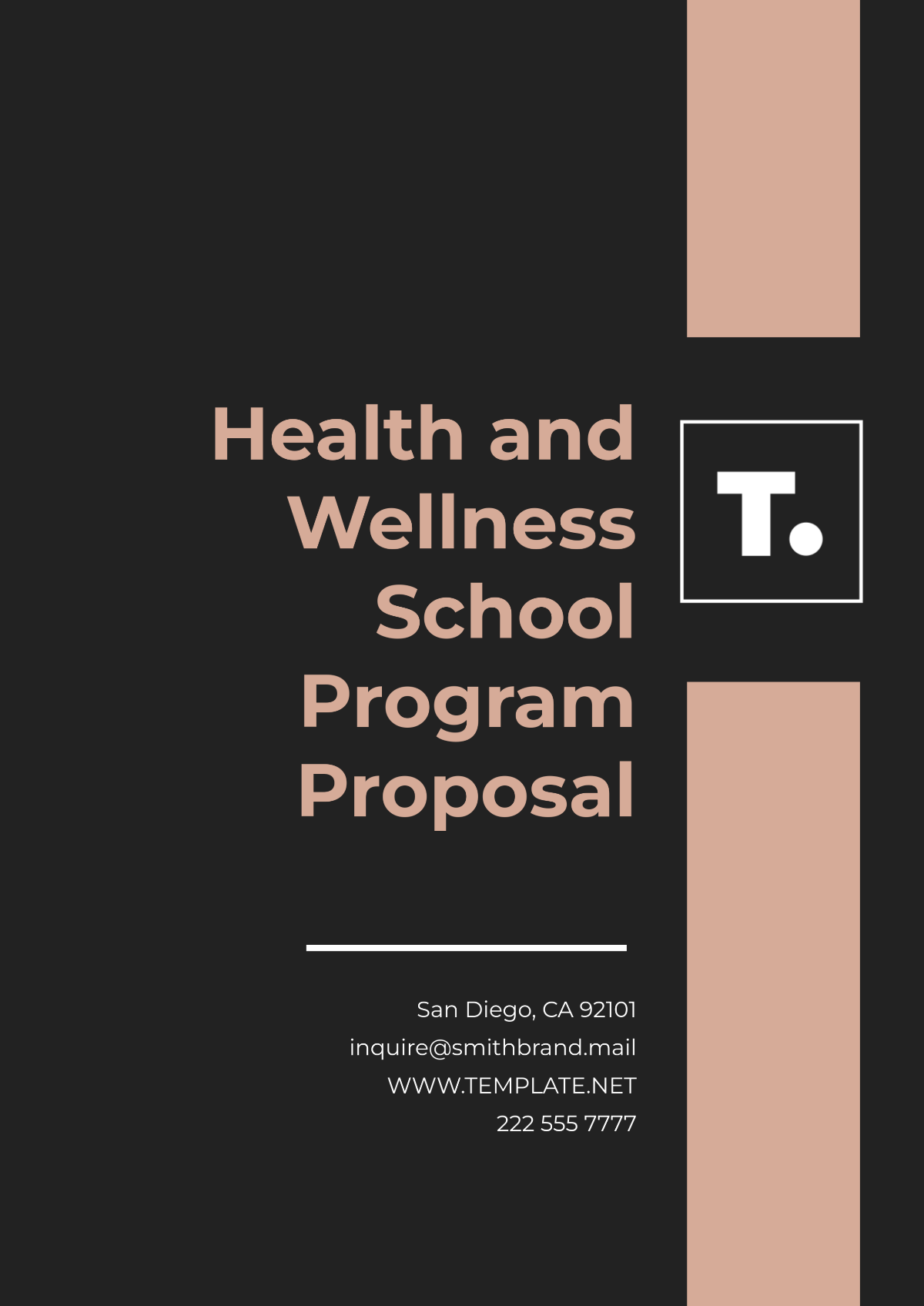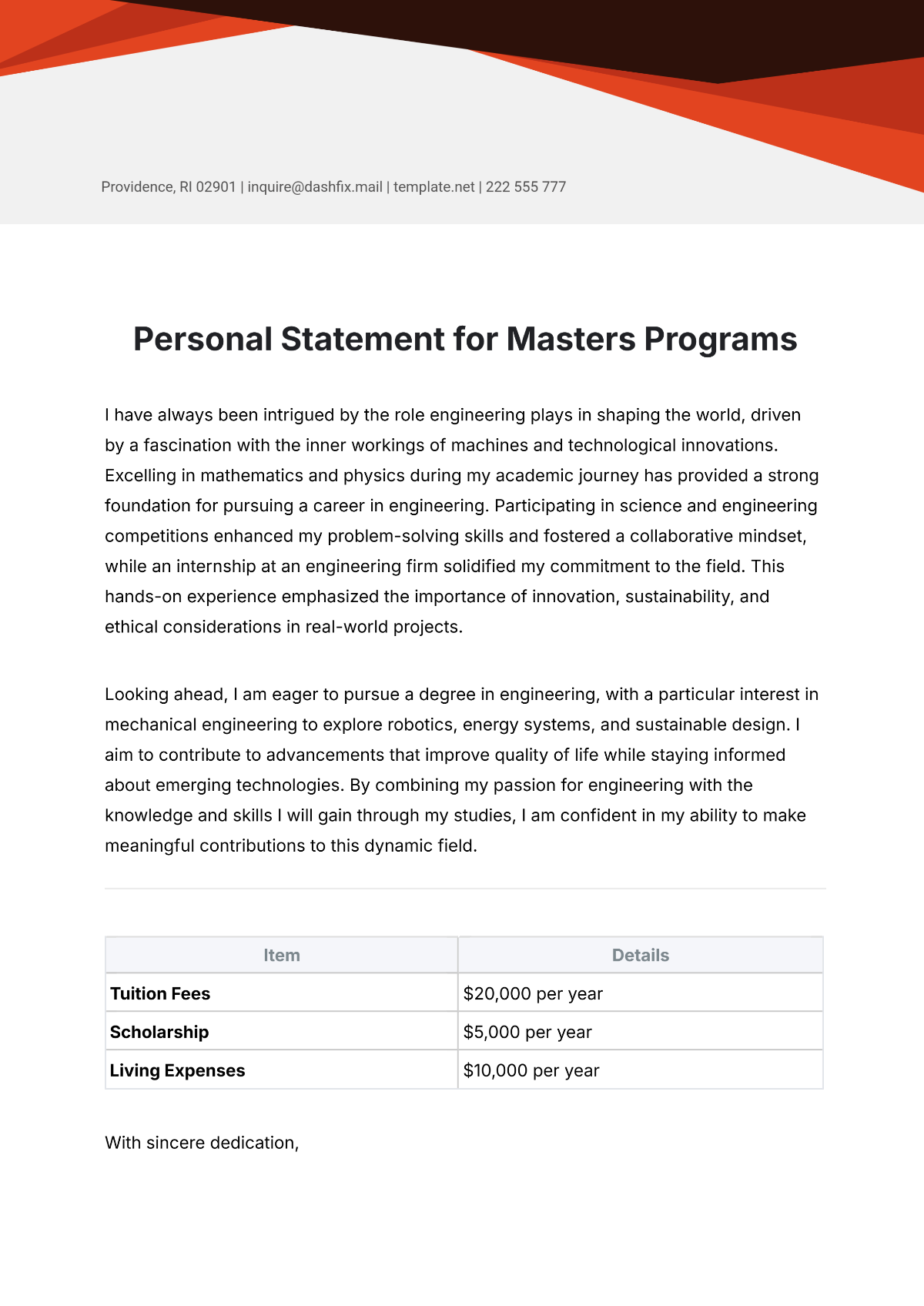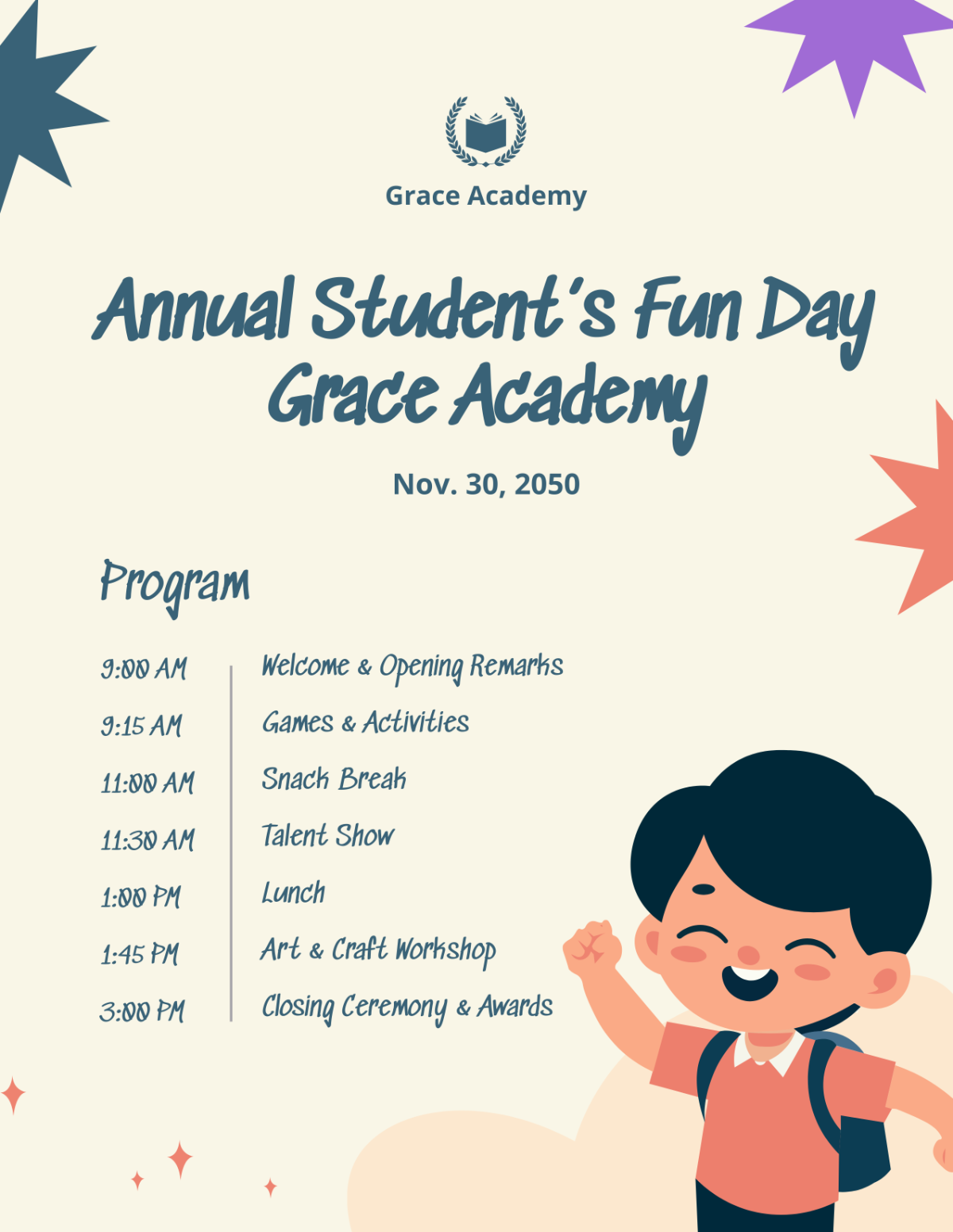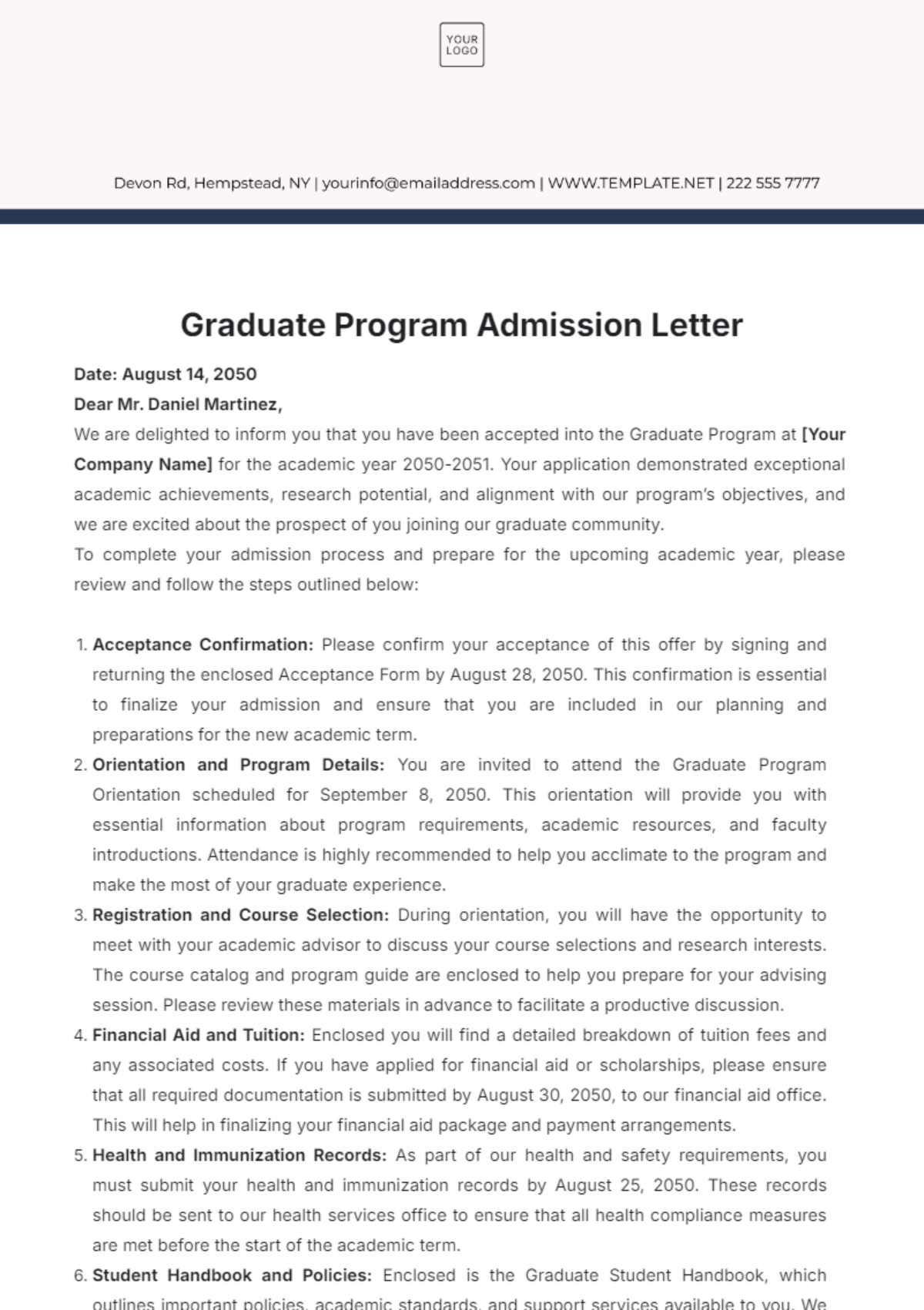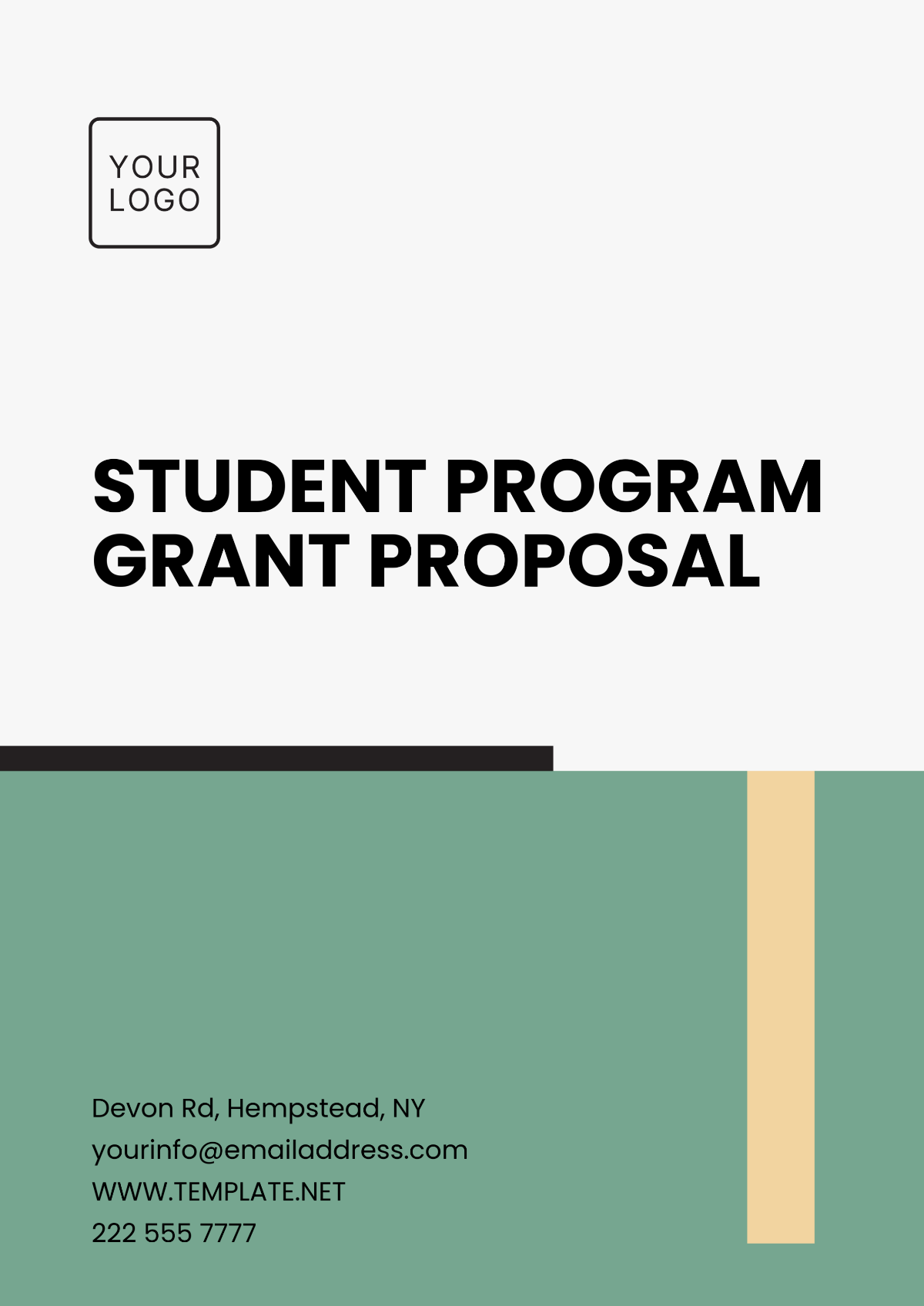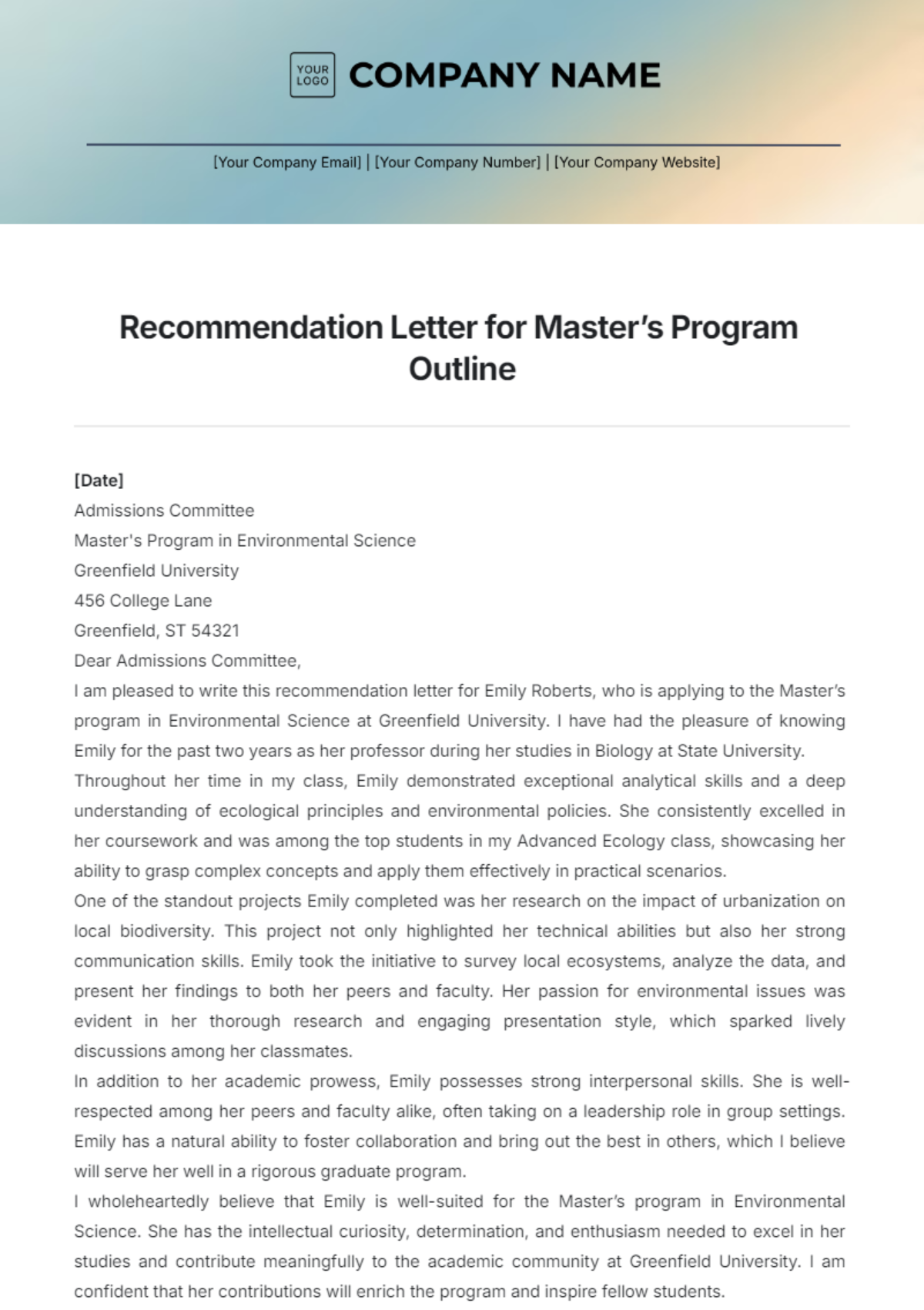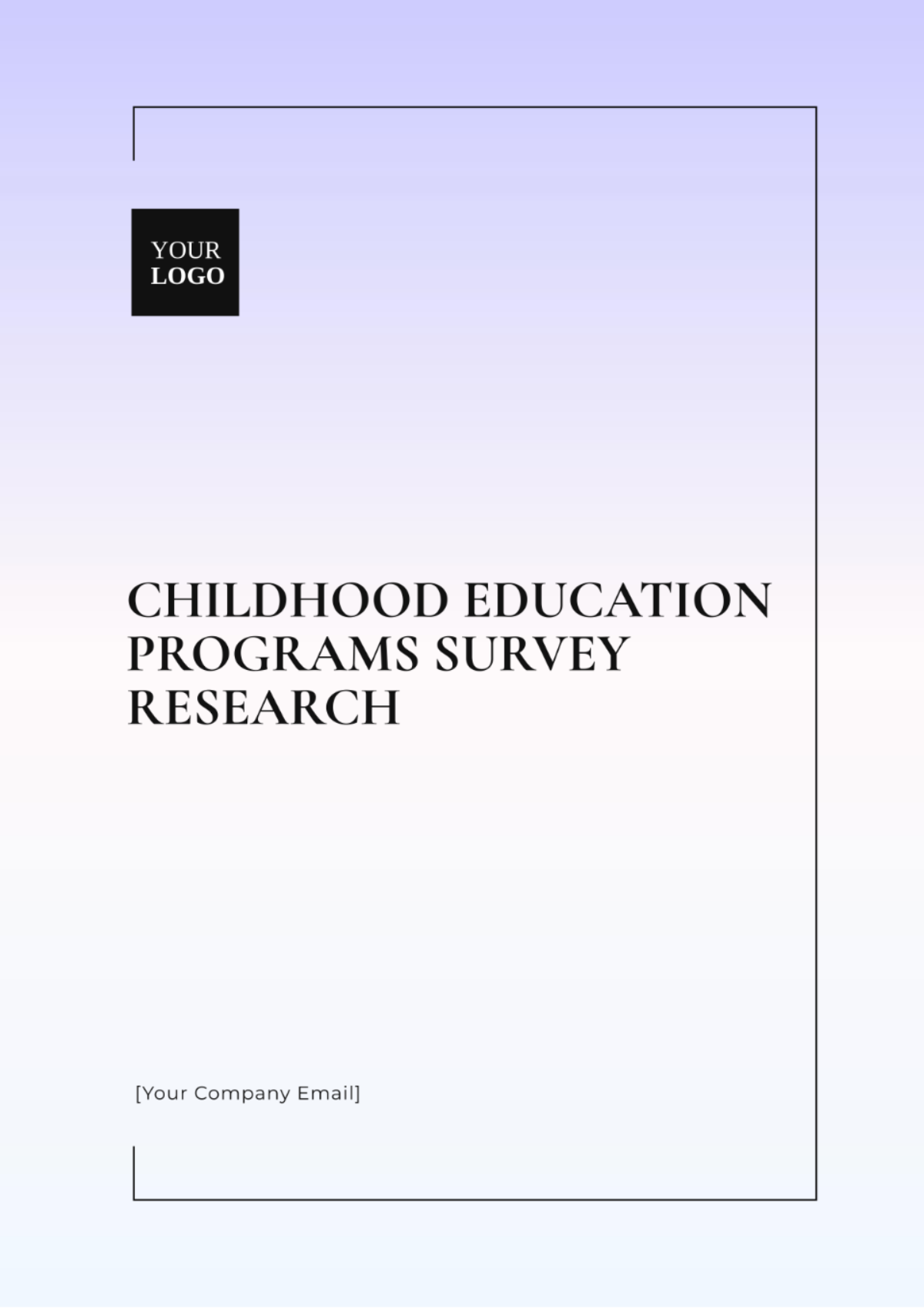Academic Program Evaluation Report Design
Prepared by: [Your Name]
Company: [Your Company Name]
Date: [Insert Date]
I. Introduction
The objective of this Academic Program Evaluation Report is to assess the effectiveness, relevance, and quality of the academic programs offered by the institution. Through this evaluation, we aim to identify areas of strength, and opportunities for improvement, and provide recommendations for future development.
II. Evaluation Objectives
This report focuses on the following key objectives for program evaluation:
Assessing the alignment of program objectives with institutional goals and industry standards.
Evaluating the effectiveness of the curriculum in achieving desired learning outcomes.
Analyzing student performance data to identify trends and areas needing improvement.
Gathering feedback from stakeholders including students, faculty, and employers.
Identifying resource adequacy and efficiency in program delivery.
Providing actionable recommendations for improving program quality and relevance.
III. Methodology
The evaluation process utilized a mixed-methods approach, combining both quantitative and qualitative data collection techniques to ensure comprehensive analysis. The following methods were employed:
A. Data Collection
Data for this evaluation was gathered through the following sources:
Surveys were administered to students, faculty, and alumni.
Interviews with key stakeholders including department heads and industry partners.
Review of academic performance records and program documentation.
Analysis of employment outcomes and employer feedback.
B. Data Analysis
The collected data was analyzed utilizing both descriptive and inferential statistical methods. Qualitative data was coded and thematically analyzed to identify patterns and draw insights.
IV. Findings and Analysis
A. Program Alignment
The analysis revealed substantial alignment between the program objectives and institutional goals. However, there is scope for strengthening alignment with emerging industry trends, particularly in tech-driven sectors.
B. Curriculum Effectiveness
The current curriculum effectively meets most learning outcomes, with a high level of student satisfaction. Nevertheless, some courses require updating to incorporate new technological advancements and teaching methodologies.
Student Performance
Academic Year | Average GPA | Graduation Rate |
|---|---|---|
2021-2050 | 3.4 | 85% |
2022-2051 | 3.5 | 87% |
Performance data indicates steady improvement in GPA and graduation rates. However, there remains a disparity in performance across different demographic groups.
C. Stakeholder Feedback
Feedback from stakeholders highlighted the strengths in faculty expertise and course diversity. However, there is a need for increased experiential learning opportunities and stronger career support services.
D. Resource Adequacy
While the institution provides adequate resources for program delivery, there is a need for investment in modern lab equipment and online learning tools to enhance teaching effectiveness.
V. Recommendations
Based on the findings, we propose the following recommendations:
Enhance industry collaborations to ensure program content remains relevant to changing job market needs.
Incorporate more project-based and experiential learning opportunities within the curriculum.
Update courses to include the latest technological advancements and teaching practices.
Implement targeted interventions to support underperforming demographic groups.
Invest in upgrading classroom and laboratory facilities with state-of-the-art technology.
Expand career support services to include mentorship programs and enhanced job placement assistance.
VI. Conclusion
This Academic Program Evaluation Report provides a comprehensive assessment of the current state of the institution's academic offerings. By implementing the recommended actions, the institution can enhance its academic programs, ensuring they meet the highest standards of quality and relevance, ultimately benefitting students, faculty, and the wider community.




